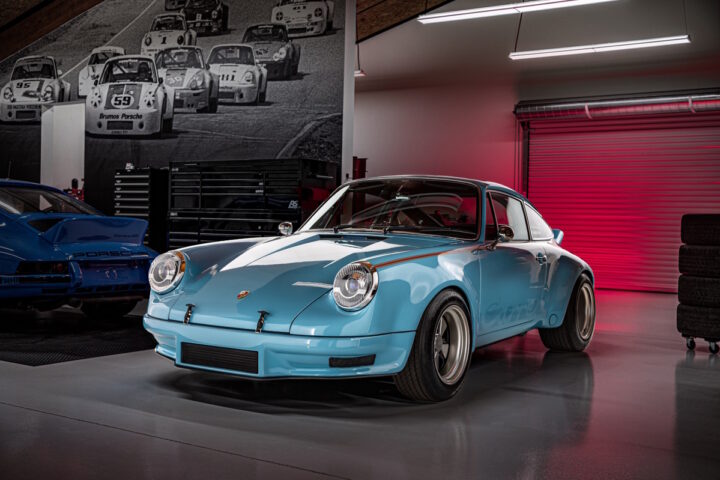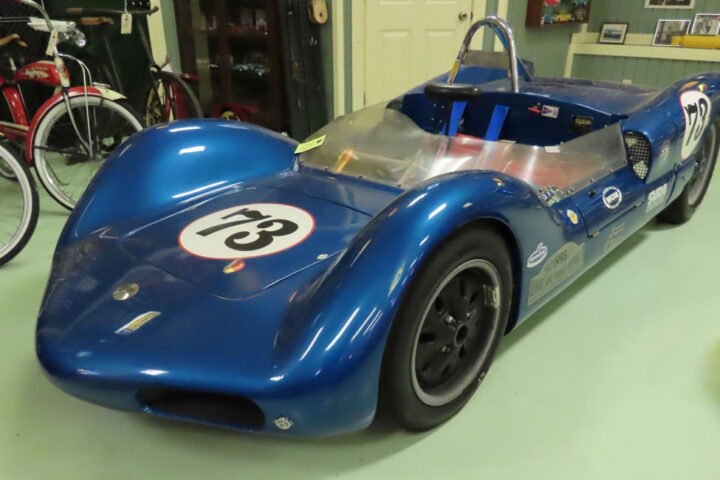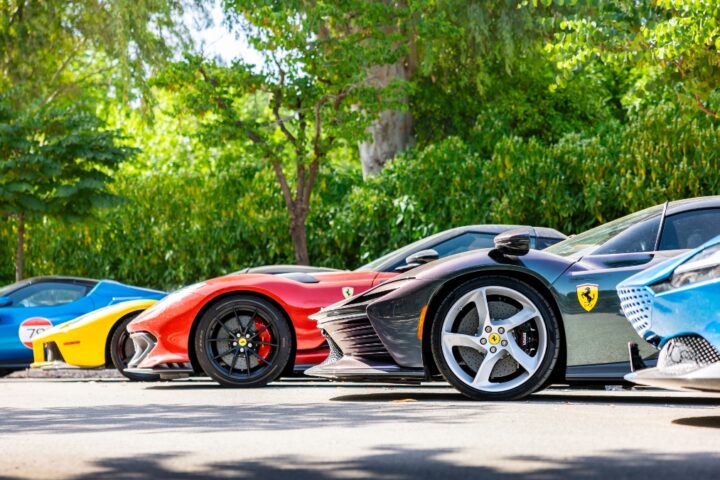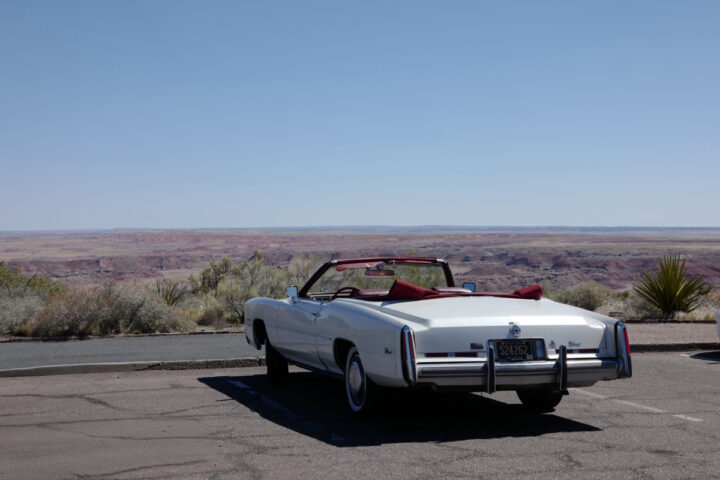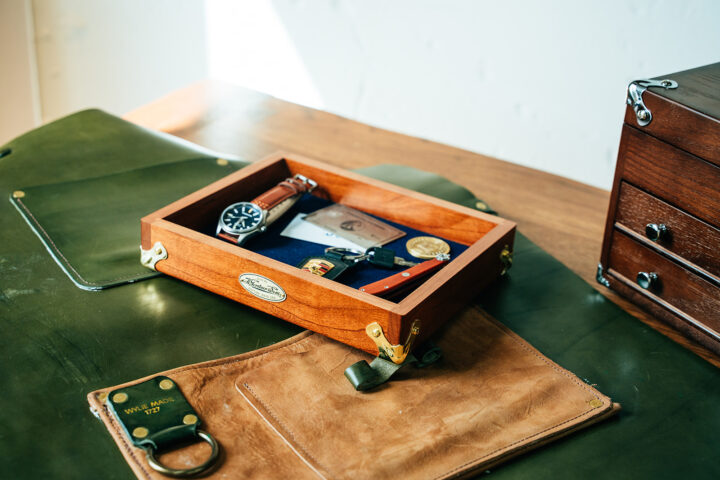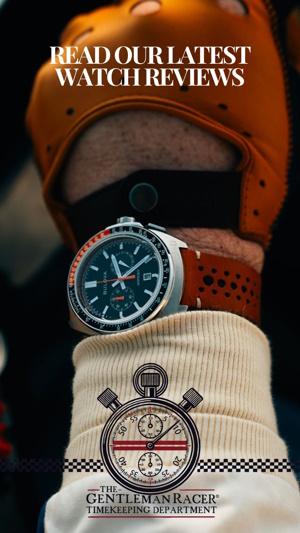RM Auctions, the world’s largest collector car auction house, announced today the consignment of one of the world’s most significant pre-war sports racing cars. The one-of-a-kind 1937, BMW 328 Mille Miglia ‘Büegelfalte’, chassis no. 85032, will make its auction debut at RM’s inaugural Sporting Classics of Monaco sale on 1st May 2010 at the Grimaldi Forum.
“Our Monaco sale will feature some truly outstanding historic cars, but the totally unique nature of this BMW and its fascinating history make it an exceptional opportunity for any collector of significant motor cars”, says Max Girardo, managing director of RM Europe.
BMW had been actively involved in sports racing activity in the pre-war years and had enjoyed significant successes with its technically advanced, high-performance 328 model. Chassis 85032 was manufactured in May 1937 as a standard-bodied car for Rudolf Schleicher´s Experimental Department at BMW. The car participated in the 1937 Le Mans with the well-known British driver of the period, A.F.P. Fane, as well as the 1937 Tourist Trophy in the hands of H.G. Dobbs. The following year it participated in the 1938 Mille Miglia and won a notable victory in the 2.0-liter class, again with Fane driving and William James as co-driver. Chassis 85032 subsequently won a Gold medal in the “German Alpenfahrt” with Fritz Roth and “Blasi” Huber, plus an overall win in the same event in 1939. In the autumn of 1939, ‘85032’ was then dismantled by the racing division and the car was significantly re-engineered as an all-new open streamliner destined for use as a factory entry in the 1940 Mille Miglia alongside the two factory fixed-head ‘streamliners’.
The beautiful and entirely unique bodywork of ‘85032’ was designed by Wilhelm Kaiser, a very experienced member of BMW`s new design department, “Künstlerische Gestaltung”, headed by Chief-Stylist Wilhelm Meyerhuber. The car was built at the factory racing department in Milbertshofen, Germany. The nickname of the car is derived from the creases on the top of the fenders, referred to as ‘Büegelfalte’ meaning ‘trouser crease’. This absolutely genuine and iconic bodywork styling was to become the pattern for a whole generation of post-war sports cars, an influence seen very clearly in cars such as the Jaguar XK120 Roadster.
Amongst the other extensive modifications required to create the car was an intricate tubular steel framework for the body, whilst re-engineering also ran far deeper than chassis and body changes. Key components such as brakes and the Hurth-gearbox were up-rated to cope with the increased performance that was derived from its more powerful 130 PS engine and a lighter overall curb weight of 725 kgs.
Of significance to BMW historians, the ‘Buegelfalte’ is the only special roadster ever built at the BMW factory in Munich; the two other “second series” streamline roadsters (after having been assembled) got their final outer Aluminum body skins by independent coachbuilder, Touring of Milano.
In its new form, chassis 85032 was intensively tested before the 1940 Mille Miglia alongside the two 328 streamline coupes by Ernst Loof, who was the head of the BMW race department. Ultimately, chassis 85032 finished sixth in the 1940 Mille Miglia in the hands of Hans Wencher and Rudolf Scholz, with the 328 Touring coupe of Fritz Huschke von Hanstein and Walter Bauemer victorious that year.
After the war in 1945, the car was part of the reparation payments and was given to the UDSSR and ultimately to Artiom Ivanovich Mikoyan, head of the Mikoyan I Gurevich Design Bureau, best known as the creator of Russian MiG warplanes. His son used the car and eventually traded it with Mr. Giudo Adamson of Riga for a brand new Lada in 1972. Mr. Adamson kept the car until 2001, when, after the collapse of the “Iron Curtain”, the car was driven from Riga to Munich and stored by BMW in its museum. The current owner bought this important motor car in 2001. A copy of the Büegelfalte was made and now resides in the BMW Museum.
The Büegelfalte joins an already impressive lineup of cars consigned to RM’s inaugural Sporting Classics of Monaco event at the Grimaldi Forum on 1st May 2010 − the same weekend as the 7th Grand Prix Historique de Monaco. The single-day event is set to present 80 of the world’s finest motor cars to an elite assemblage of automotive enthusiasts and collectors from around the world.







Source: RM Auctions, Photos ©2010 Peter Raider for RM Auctions









